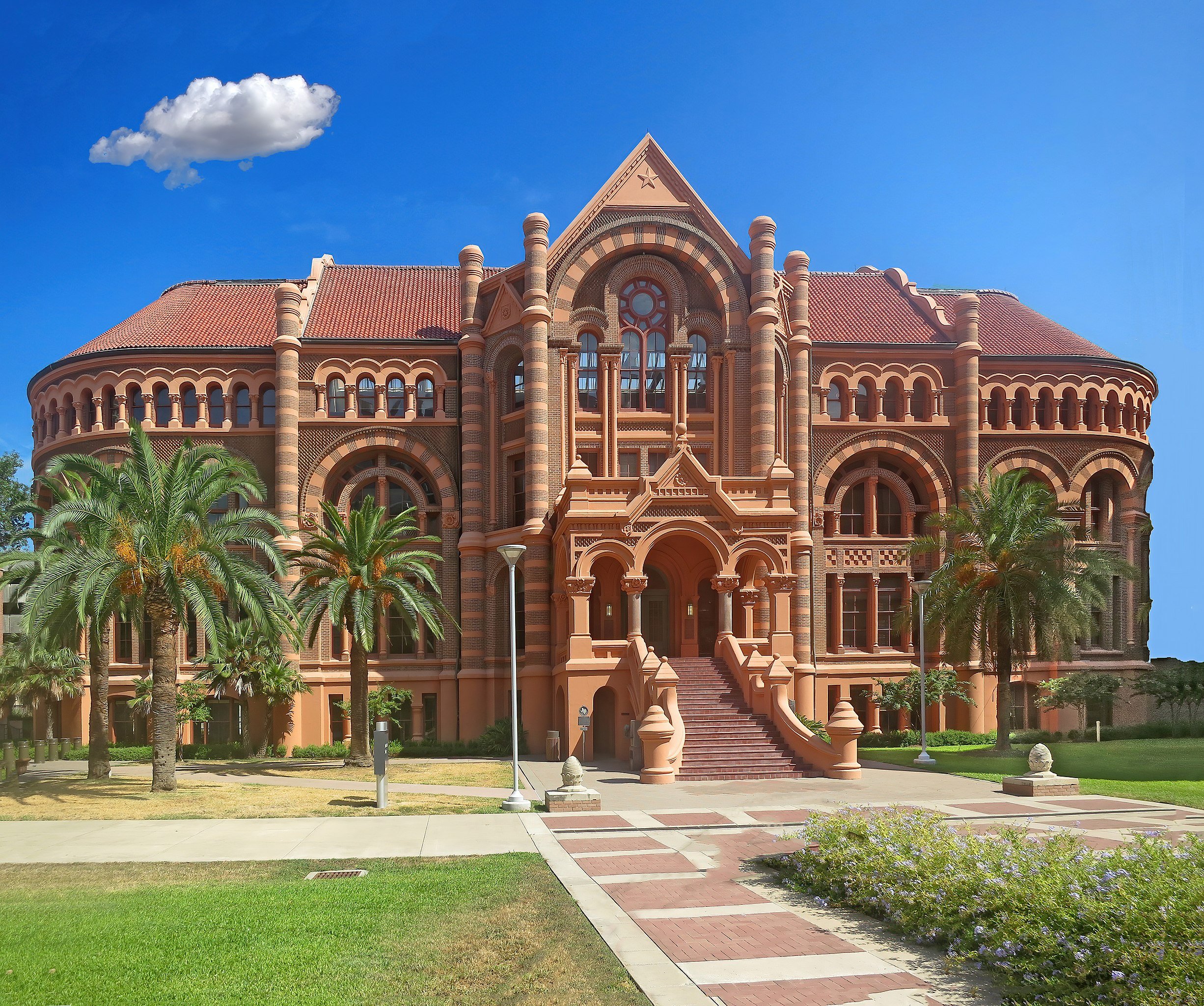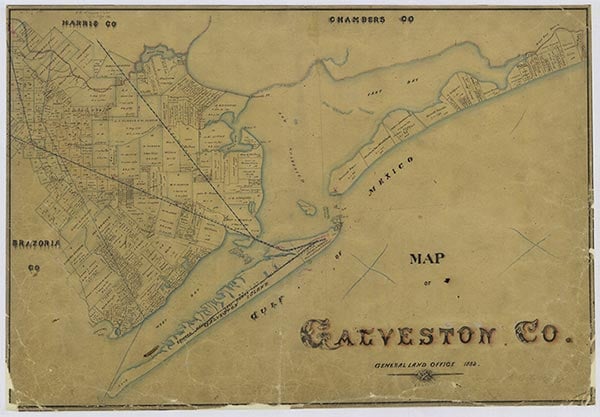The University of Texas Medical Branch at Galveston

Old Red, the first University of Texas Medical Branch building

Clinical Sciences Building, UTMB, Galveston

In March 1881 the Seventeenth Texas Legislature authorized the establishment of the University of Texas and decided that Texans would determine its location by popular referendum. Moreover, Texans could locate the medical school of the new university in a city that was not the same as the one selected for the main campus. Between 1865 and 1881 Galveston doctors had organized medical societies, taught medical students in two colleges, examined candidates for licensure in Galveston County, participated actively on a board of health, treated indigent patients at local hospitals, and edited the state's only three medical journals. Proud of this cultural legacy, Galvestonians lobbied fiercely for their city as the site for the new medical school. In September of 1881, 70 percent of the voters chose Galveston over Houston. After ten years of political and economic struggles, the Medical Department of the University of Texas opened for instruction in October 1891 with thirteen faculty members and twenty-three students. The UT regents added a School of Pharmacy in 1893 and assumed responsibility for the John Sealy Hospital Training School for Nurses in 1896. By 1900 the institution had graduated 259 men and six women as physicians, seventy-six men and six women as pharmacists, and fifty-four women as nurses. In 1919 it was renamed the University of Texas Medical Branch. In a classic study of all American medical schools published in 1910, Abraham Flexner concluded that UTMB was the only school in Texas "fit to continue in the work of training physicians." Displaying their esteem for both Carter and UTMB, the Association of American Colleges elected the UTMB dean, William S. Carter, as its president in 1917.
Throughout its existence UTMB's faculty and staff have remained dedicated to the service ideals associated with patient care, teaching, and research. Expansion of the campus has accompanied expansion of programs for care of the sick, instruction of students, and technologically sophisticated scientific research. State, federal, and private dollars have enabled the addition of major clinical facilities, including Negro Hospital (1902, 1937), Children's Hospital (1912, 1937, 1978), Woman's Hospital (1915), a psychiatric hospital (1931, 1982), a new John Sealy Hospital (1954) and John Sealy Hospital Towers (1978), ambulatory care facilities (1930, 1966, 1983), Shriners Burns Institute (1966, 1992), Jennie Sealy Hospital (1968), the Texas Department of Corrections Hospital (1983), and a vastly expanded Emergency Trauma Center (1992). As the major statewide multicategorical referral medical center, UTMB has treated a steadily increasing number of inpatients and outpatients; about 18,000 came annually during the late 1930s, and more than 350,000 by the late 1980s.
Chester R. Burns, Heather Green Wooten | © TSHA

Adapted from the official Handbook of Texas, a state encyclopedia developed by Texas State Historical Association (TSHA). It is an authoritative source of trusted historical records.

- ✅ Adoption Status:
Belongs to
The University of Texas Medical Branch at Galveston is part of or belongs to the following places:
Date of Founding Notes
Classes first held in 1891; includes Graduate School of Biomedical Sciences 1952; Medical School 1891; School of Allied Health Sciences 1968; School of Nursing 1890
People
-
Interim President, Dr. Charles P. Mouton 2022–2023
-
President, Dr. Jochen Reiser 2023–Present
Currently Exists
Yes
Place type
The University of Texas Medical Branch at Galveston is classified as a College or University
Tags
Associated Names
- (UTMB)
External Websites
- The University of Texas Medical Branch at Galveston (Official Website)
Fall Faculty Count, 2017
1,279
Fall Enrollment Count, 2022 View more »
3,291
